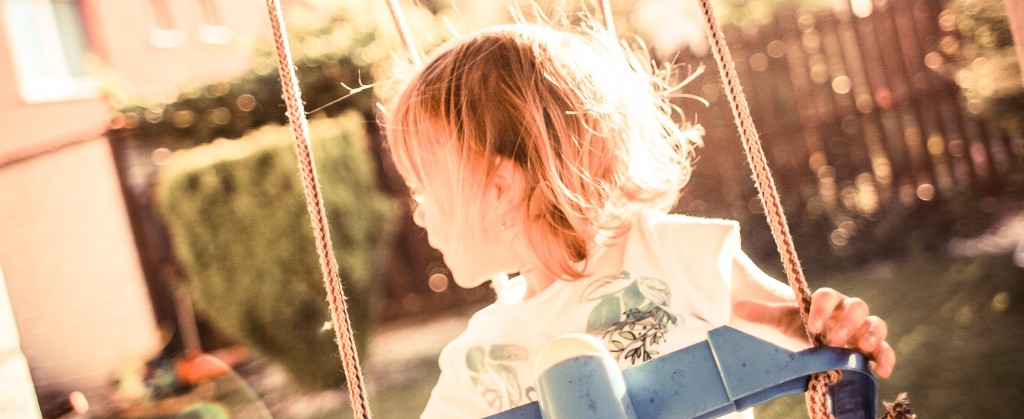Working with memories within hypnosis is a very powerful tool to achieve effective change. During early childhood, our minds are incredibly open and our neurological patterning is formed at this age. Key events that occurred in early childhood can influence our behaviour, our emotions and our beliefs in the present without us even being aware of it.
One of my approaches when working with clients is to guide their unconscious mind to find often forgotten but influential memories. This technique is widely known as regression. Once the client has located the key memory, we work quickly and effectively at re-contextualising the events of that moment. This process allows the client to take more information from the event and make new conclusions. By revisiting specific childhood events and seeing the bigger picture we create new neural connections which allow new behaviours and responses in the present.
To make the process of re-contextualising memories even faster and more effective I often use the technique called “creative mothering”. As the client reviews the key event, I invite them to bring their present-day adult-self to be there with their child-self inside the memory they are working with. The purpose of their adult-self is to serve as the source of support and resources that their child-self needed at the time.

In her recent exhibition, Imagine Finding Me, London-based photographer Chino Otsuka has literally inserted her adult-self into childhood memories using digital software. The compositions presented in her exhibition could well be little vignettes from many of the client sessions I facilitate.
The results of re-contextualising these key memories are often noteworthy. I recently worked with a client who came to see me to overcome her feelings of failure. I took her back to the originating memory which involved feeling ignored by a parent. Once she’d been through the process of having her unconscious mind understand that being ignored was not her fault she was able to know that she was important and loved. Getting in touch with the knowledge that she did matter allowed her to claim her self-worth in the present.
A week later she made a minor miscalculation while driving. While everyone remained safe and no property was damaged, she did receive a fine. She relayed to me that if that miscalculation had happened in the past, she would have fallen into a hole of self-criticism and shame from which she would have taken a long time to recover. After releasing and re-contextualising the key memory she was thrilled that she could easily say to herself, “Damn it, how annoying!” and get on with the rest of her day.
What patterns of thought or behaviour have you feeling stuck? If enough is enough, then get in contact. Let’s go meet with your child-self and discover what else there is for you to learn.

